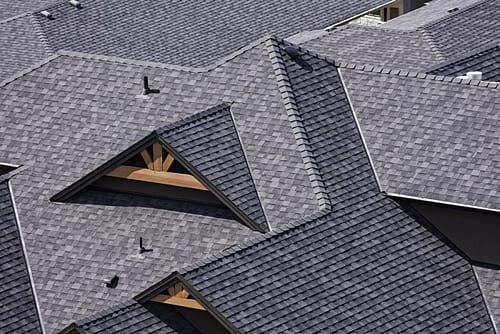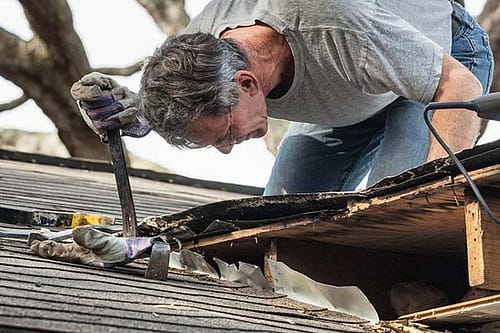The manufacturing errors done when laying roofing and the lack of renovation or restoration of the old covering can cause leaks and, as a result, moisture sweep inside the house. Such a roof loses thermal properties, and its disadvantages adversely affect the load-bearing structural elements. That is why it is worth regularly checking the technical condition of the covering and perform repair and restoration works depending on the type of roof and the type of damage by a roof contractor.
Renovate different types of damages in roofing felt:
To repair or restore roofing felt from the roof mainly depends on the type and scale of damage. The choice also determines the type of roof, i.e. whether it is flat or sloping.
One of the most common defects on the paper is its bulges, i.e. air-filled blisters, as well as cracks resulting from prolonged exposure to very high and low temperatures. Such damage can be repaired using roofing putty, which is a cold bitumen mix that does not contain organic solvents. After drying, it replaces roofing felt, creating a plastic, durable coating that is impermeable to water and resistant to weather conditions.
An alternative to roof putty is bituminous repair masses which is based on organic solvents, whose advantage is the ability to work even in the rain or at low temperatures (from 0°C). Such agents are reinforced with fibers and are characterized by high adhesion to substrates, both dry and wet. After setting, they form a flexible and durable coating, bridging scratches formed in the substrate (up to 10 mm).
A common phenomenon is the detachment of roofing felt from the ground, which happens as a result of temperature fluctuations and the harmful effects of the sun, frost, rain, and snow. Such damages most often occur in critical places, especially around chimneys. Therefore, during repair work, it is worth using a bituminous roof sealant, which after drying will create a durable, flexible and aging-resistant joint.
For gluing roofing felt again, glues can be used, but it is worth choosing bituminous products for cold use. These are one- or two-component agents that are applied with a roofing brush, trowel or putty which do not require the use of any special tools (e.g. gas burner).
In the case of pitched roofs, with an angle of inclination from 5 to 30 degrees, glues that are based on a quick-setting recipe are used. They are very easy to apply and, most importantly, do not flow during the application, allowing for effective sticking on the roofing felt even under a larger slope.
For quick repair work, you can reach for roofing felt and shingle glue, which has moisture and rain resistance. This agent is reinforced with fibers, giving after application a durable and flexible coating. An additional advantage of the product is the content of organic solvents that fuse with the substrate, increasing the adhesion of glued components.
An effective fight against time, i.e. renovation of roofing felt:
Remember that roofing paper is characterized by a fairly fast, natural aging process. Over the years, it loses its properties, becoming a fragile, vulnerable and leaky material. Therefore, it is important to regularly restore your roof, which will properly seal and significantly extend its service life.
To carry out restoration work, you can use the roofing varnish, which does not flow when applied on roofs with a greater slope. Such a renovator is a thin-layer bituminous coating that fills visible microcracks, effectively sealing the cover and protecting it from the harmful effects of weather conditions.
It is difficult to list all factors that lead to damage or a significant reduction in the service life of the roofing felt. On one hand, it is a natural aging of the material, and defects caused by manufacturing errors or the harmful effects of atmospheric factors. However, this does not change the fact that due to regular restoration works and quick repairs, such roofing will retain its properties much longer, even in adverse weather conditions.




